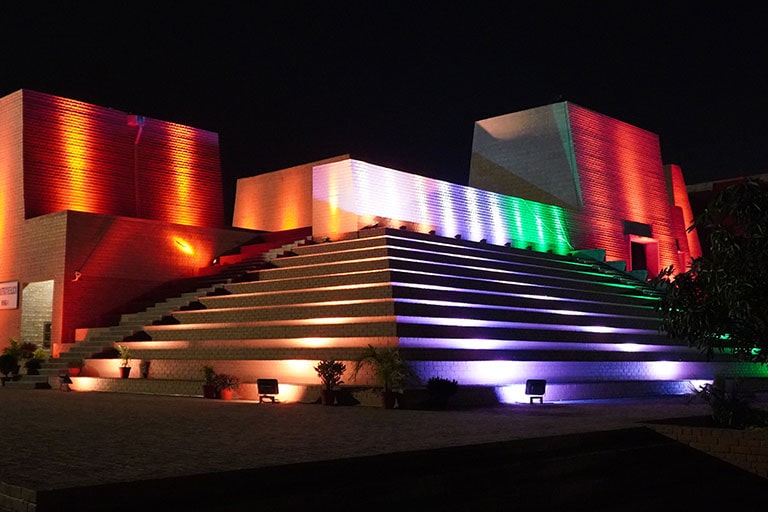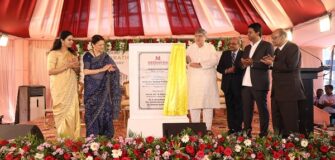Reviving Legacy: The Rebirth of Nalanda University
Share

The ruins of Nalanda University lie in the land of the ancient region of Magadha and were symbolic of wisdom and learning during that time, richly serviced by visitors who came from far and wide across the globe. It was founded in the 5th century CE by Emperor Kumaragupta and held sway for more than 700 years until the elite institution finally found its calling in melding learning experiences into this bequest of a world legacy. Today, after it had been lying in slumber for centuries, Nalanda University sees a resurrection—breathing life again into these hallowed walls—and spirit of intellectual pursuit, as if from the ashes.
This story of Nalanda University symbolizes the spirit of perseverance and dedication. For long years, the ruins of the eponymous Nalanda Mahavihara, some 12 km away from the newly established campus, stood as testimony to greatness that once was in this seat of ancient learning. An idea for the revival of Nalanda University was mooted in 2006 by the then President of India, APJ Abdul Kalam. It was only in 2010, six years later, that the Parliament finally enacted the Nalanda University Bill, declaring it an institution of national importance and spelling out the governing structure.
The rejuvenated Nalanda University sprawls over 455 acres at Rajgir, firmly sealing this vision of redeeming ancient Indian thought and practices. Inaugurated formally by none less than Prime Minister Narendra Modi, the campus today has come to be not only a beacon of hope but also one of cooperation with 17 different participating countries. It has come out to build one such global community of scholars, thus nurturing an atmosphere beyond borders into one that provides for intellectual exchanges across borders.
The spirit behind the academic curriculum at Nalanda University encompasses an eclectic amalgamation of the essence of the ancient predecessor in sync with the needs, expectations, and demands of the modern world. Interdisciplinary learning becomes the plinth for all academic programs in which students are encouraged to delve deeper into various fields and pursue holistic learning. Some of the programs at Nalanda University include the School of Historical Studies, and another is the School of Ecology and Environment Studies. The central refrain of the courses at Nalanda University is fusing olden wisdom with latter-day knowledge so that the students garner sufficient ability and foresight required to make a difference amid divergent sets of complexities facing human civilization today.

Revival of Nalanda University is not at all any representative nostalgia-driven initiative; on the other hand, it is an essentially forward-looking initiative recognizing spiral timelessness of not only Indian but world ancient education. Fast driving into today’s world, the technological set of changes with an introduction of artificial intelligence will take help from the principles and ideas of ancient India more than anything else. More than anything else, the university acts as a bridge between the past and the future by enhancing deep understanding along with embracing innovation and progress.
The revival of Nalanda University has proved that any power behind education can never be extinguished in any regard; rather, it bounces back with much more force than ever. That was the beacon of inspiration for generations to come and reminded everyone about the redeeming power of knowledge. The sprawling campus coming up at the ancient site has a loud message for the world: there are no limits to learning, and men are aware that the quest for enlightenment in Nalanda goes on.








